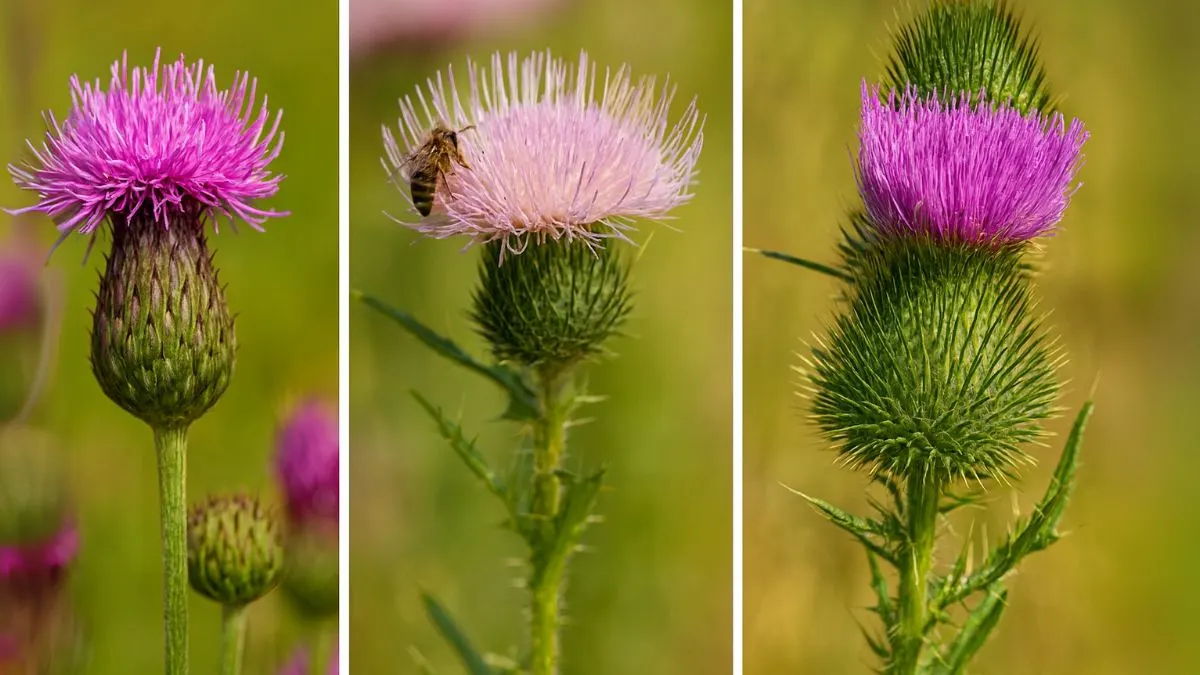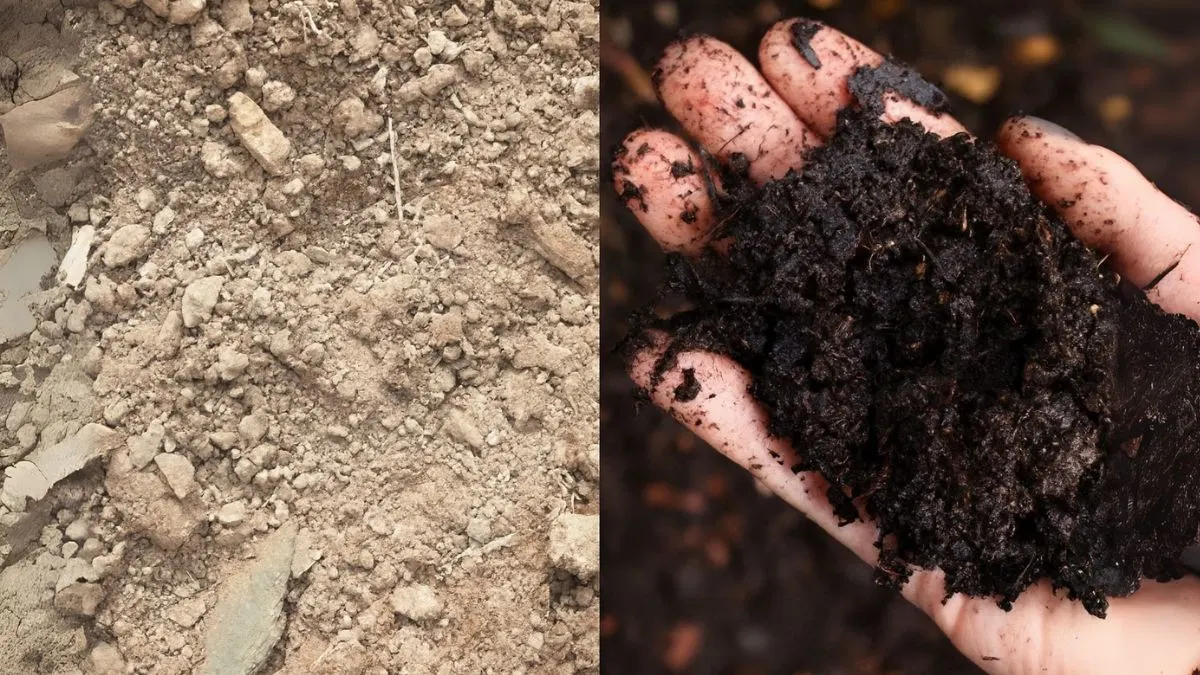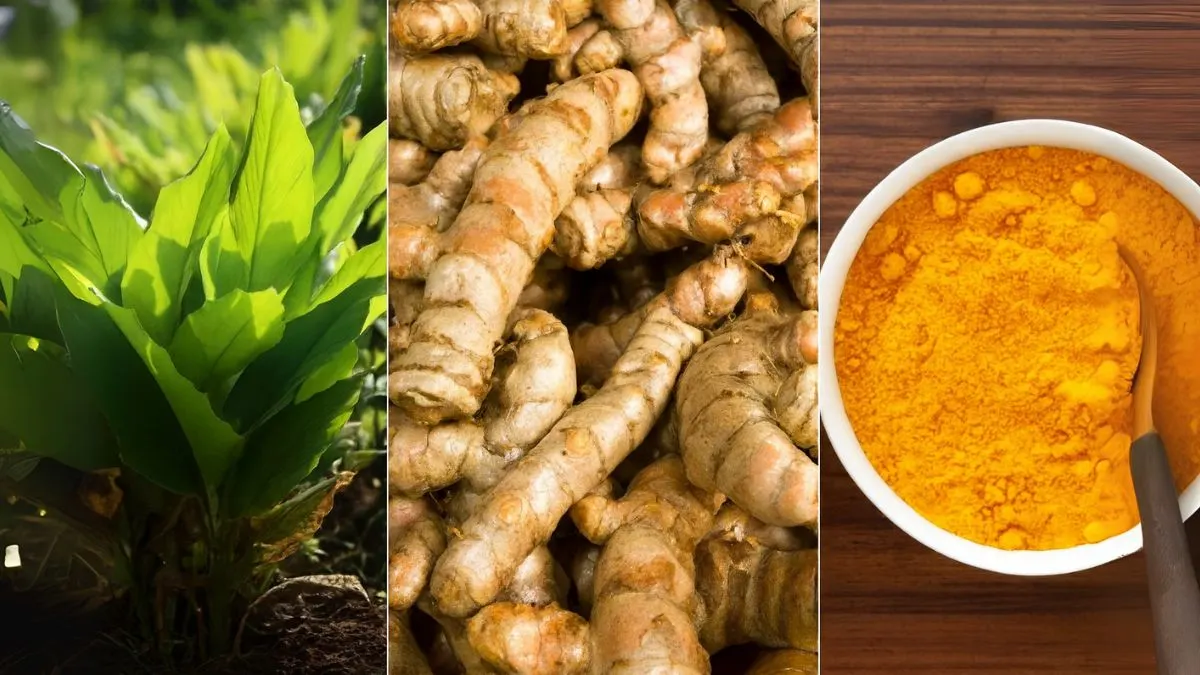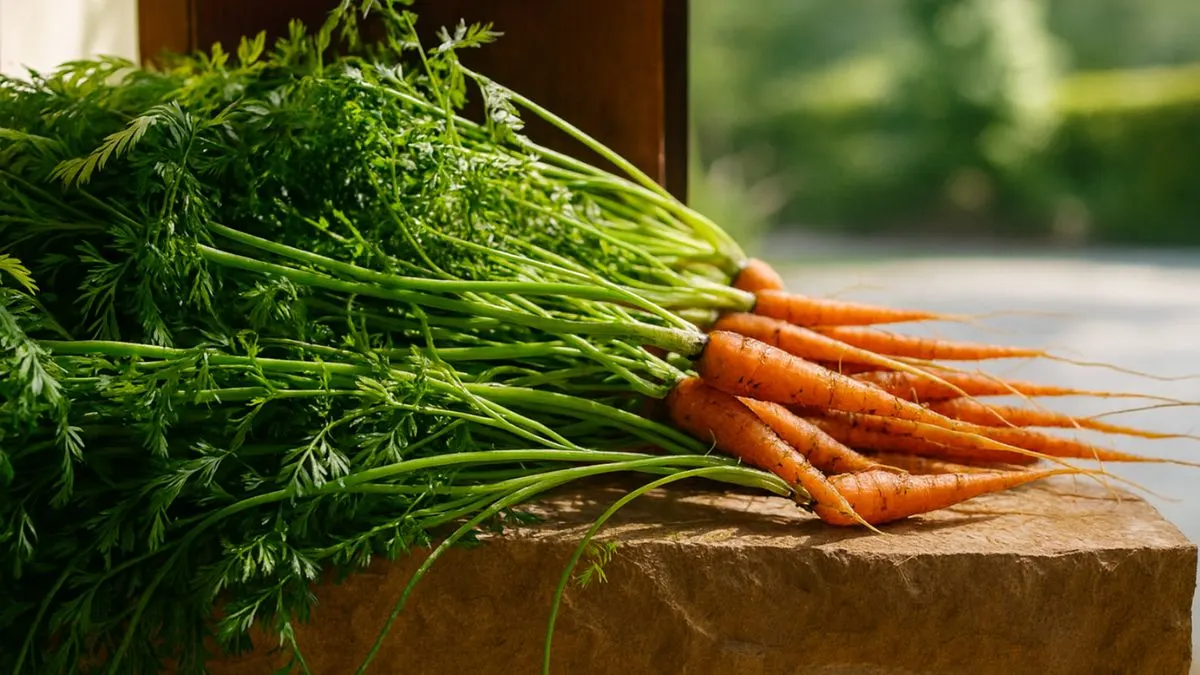When most gardeners see the sharp, spiny leaves of the Bull thistle (Cirsium vulgare), their first instinct is to pull it out. Known for its tough exterior, this plant is often dismissed as an invasive nuisance. But dig a little deeper, and you’ll discover that bull thistle has more to offer than most people give it credit for.
From medicinal remedies to wildlife support, this prickly plant has a rich history and surprising uses — especially in Canada, USA, and across the world.
A Botanical Overview
The Bull thistle is a biennial plant in the sunflower family. It has deep taproots, hairy stems, and flower heads adorned with purple spines. Its resilience allows it to grow in poor soil, contributing to improving soil health in neglected fields.
Medicinal Uses Through History
Herbalists have long known that it’s been used medicinally to treat various ailments. Its roots, stems, and leaves contain compounds with anti-inflammatory and antimicrobial properties. One traditional remedy involves using it as a poultice for sore jaw or bleeding hemorrhoids. This poultice soothes irritation and promotes healing, a method still valued in folk medicine.

A Plant for the Kitchen
You might not expect a spiny thistle to be edible, but every part of thistle is edible if prepared correctly. The young stems can be peeled and eaten raw or cooked, while the roots can be boiled for a nutritious side dish. Early settlers and indigenous communities often boiled the leaves and served them like spinach.
Yes, its edible parts can be incorporated into meals, offering a wild, earthy flavour that connects you to nature’s original pantry.
Also Read: Miniature Gardens from Trash to Treasure
A Tea with Ancient Roots
Long before modern medicine, it was used by early humans as a warm medicinal tea. The tea was made from dried leaves or roots, believed to help with digestion and boost overall vitality. Even today, herbal tea enthusiasts appreciate its grounding, slightly bitter taste.
Supporting Pollinators and Wildlife
Bull thistle isn’t just valuable to humans. It plays a key role in supporting pollinators and improving soil health. Its purple blooms attract bees, butterflies, and other beneficial insects. And they are also a food source for small birds, especially goldfinches, which feed on the seeds and use the downy fluff for nesting.
Benefits of Bull Thistle
| Benefit | Who It Helps | How It Works |
| Medicinal remedies | Humans | Poultices, teas, anti-inflammatory uses |
| Edible food source | Humans | Roots, stems, and leaves as wild food |
| Pollinator support | Bees, butterflies | Nectar-rich flowers |
| Wildlife habitat | Birds | Seeds and nesting material |
| Soil improvement | Environment | Taproot aerates and enriches soil |
Bull Thistle in Modern Herbalism
Contemporary herbalists are rediscovering the benefits of Bull thistle (Cirsium vulgare). Beyond its historic uses, it’s now valued for its potential to stimulate liver function, aid digestion, and provide nutrients. In wild foraging communities, it’s celebrated as a free, nutrient-dense plant hiding in plain sight.
Also Read: Orchids That Bloom All Year: Stunning Varieties & Care Secrets
My Personal Experience with Bull Thistle
When I first saw bull thistle taking over a patch of my uncle’s farm in Ontario, I considered it a weed to remove. But after learning it was edible, I peeled and steamed the young stems — and they were delicious. Later, we left a few plants to flower, and the number of bees in the area noticeably increased.
Why It Matters
In an age where we often dismiss plants as weeds without understanding their role, bull thistle has more to offer than most people give it credit for. Whether you’re a gardener looking to boost pollinator numbers, a forager seeking wild edibles, or a herbalist exploring natural remedies, this plant can serve a purpose.
Sustainable Harvesting
If you plan to harvest bull thistle, wear gloves and take care to avoid over-harvesting. Leave enough flowers for pollinators and seeds for birds. This ensures that the plant continues to benefit both people and wildlife.
Also Read: Why Eating Celery for a Week Could Change Your Health
From Weed to Wonder
The Bull thistle (Cirsium vulgare) may be prickly, but its value runs deep. It nourishes wildlife, supports pollinators, enriches soil, and offers humans both food and medicine. From poultices for sore jaw or bleeding hemorrhoids to warm medicinal tea and wild greens, it’s a plant worth knowing.
Next time you see its purple blooms swaying in the summer breeze, think twice before cutting it down — you might just be looking at nature’s multipurpose gift.



